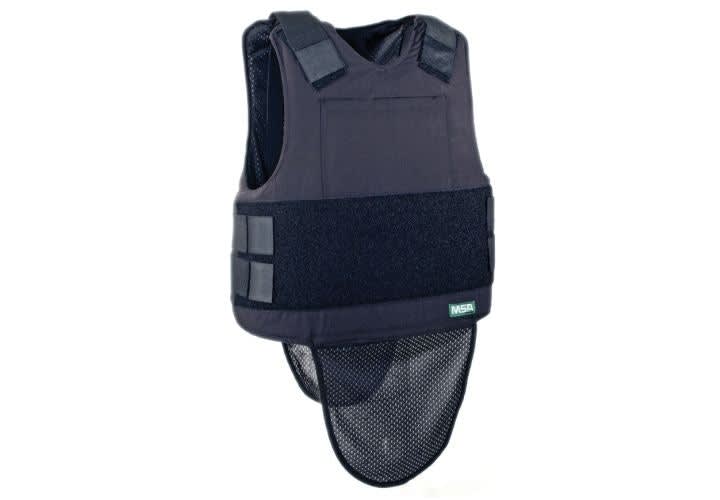Vest acquisition isn’t cheap, but it isn’t impossible, either. Smaller agencies and non-profit police organizations have been successful in raising monies toward purchasing vests. And for those who know where to look, federal assistance is also available.
On the local front, the Douglas County (Calif.) Sheriff’s Department’s advisory council and local homeowners association raised funds to purchase 17 state-of-the-art bullet-resistant tactical vests to replace the vests used by the department’s SWAT team. The homeowners association donation was a gesture of thanks to the department for capturing an auto theft suspect in the neighborhood. In Houston, Texas, the 100 Club, a non-profit organization dedicated to raising funds to support law enforcement officers, has been donating vests and other specialized equipment since 1977.
Smaller police departments have profited through their associations with the United States Municipal Police Association (USMPA), which has donated ballistic vests to police agencies such as the Lone Star (Texas) Police Department, the Norwegian Township and Newcastle (Penn.) Police Departments, the Hortonville (Wis.) Police Department, the Pendleton (S.C.) Police Department, and many others.
The Operation “Protect Our Protectors” program is designed to donate ballistic vests to law enforcement agencies within the state of Georgia, specifically to those agencies that cannot afford to purchase vests on their own. Since the inception of the program, the group has donated almost 500 vests to 72 agencies throughout the state.
Perhaps the most well known ballistic vest offering is the Bulletproof Vest Partnership (BVP) Grant Act of 1998. This federal program, administered by the Office of Justice Programs Bureau of Justice Assistance, helps state and local governments equip their law enforcement officers with armor vests by paying up to 50 percent of the cost of NIJ-approved vests. Since 1999, more than 11,500 jurisdictions have participated in the BVP Program, with $118 million in federal funds committed to support the purchase of an estimated 450,000 vests.













